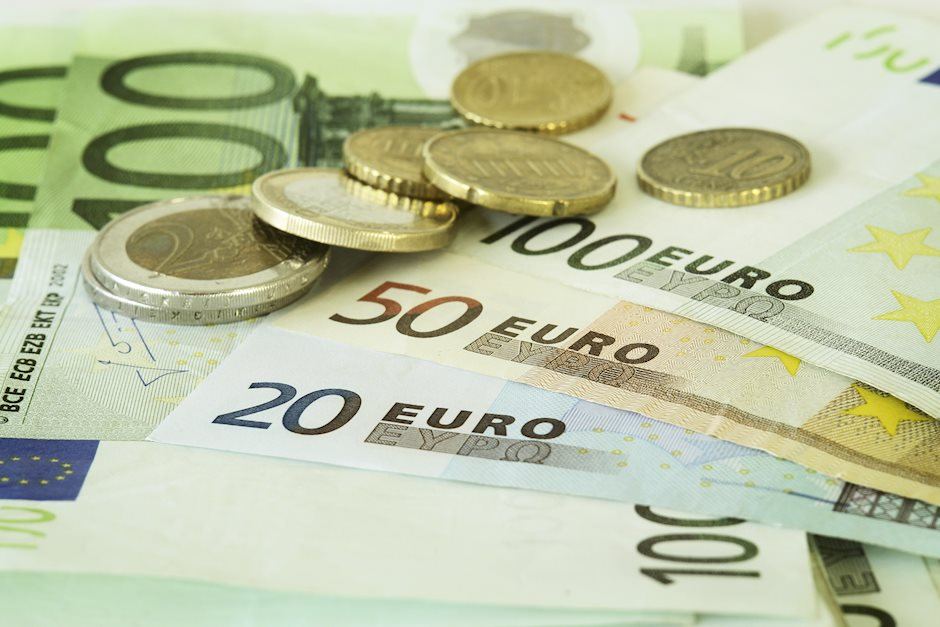EUR/USD stands tall near its highest level since August, around mid-1.0900s
- EUR/USD remains well supported by the underlying bearish sentiment surrounding the USD.
- Expectations that the Fed is done raising rates and a positive risk tone undermine the buck.
- The recent hawkish remarks by ECB officials lend some support ahead of the FOMC minutes.

The EUR/USD pair enters a bullish consolidation phase during the Asian session on Tuesday and oscillates in a narrow trading band just below mid-1.0900s, or its highest level since August 14 touched the previous day.
The US Dollar (USD) remains depressed near its lowest in more than two months in the wake of growing acceptance that the Federal Reserve (Fed) is done with its policy-tightening campaign. In fact, the markets have priced out the possibility of any additional rate hikes and expect that the US central bank may start to cut rates soon. Meanwhile, expectations for the Fed's future policy action dragged the yield on the benchmark 10-year US government bond to a two-month low. Apart from this, the risk-on environment is seen undermining the safe-haven Greenback and acting as a tailwind for the EUR/USD pair.
That said, Fed officials have still not ruled out the possibility that more rate hikes could be needed should a change in economic data require it. In fact, Richmond Fed President Thomas Barkin said on Monday that inflation is likely to remain stubborn and force the central bank to keep interest rates higher for longer than investors currently anticipate. This, in turn, raises the uncertainty over the timing of when the Fed will begin cutting rates. Hence, Tuesday's release of the FOMC meeting minutes, due later during the US session, will be scrutinized closely for cues about the Fed's future policy action.
The outlook, in turn, will determine the next leg of a directional move for the buck and the EUR/USD pair. Heading into the key event risk, the recent hawkish remarks by the European Central Bank (ECB) officials, pushing back against expectations for early rate cut bets, should lend support to the major. Bundesbank President Joachim Nagel said on Friday that it would be unwise to start cutting interest rates too soon. Moreover, ECB policymaker Robert Holzmann argued that the second quarter was simply too soon for a rate cut. This, in turn, suggests that the path of least resistance for spot prices is to the upside.
There isn't any relevant market-moving macro data due for release from the Eurozone on Tuesday, leaving the EUR/USD pair at the mercy of the USD price dynamics. The US economic docket, meanwhile, features Existing Home Sales data, though might do little to provide any impetus ahead of ECB President Christine Lagarde's appearance at an event in Berlin and the crucial FOMC meeting minutes. Nevertheless, the aforementioned fundamental backdrop favours bullish traders, suggesting that any meaningful corrective decline might be seen as a buying opportunity and is more likely to remain limited.
Technical levels to watch
Author

Haresh Menghani
FXStreet
Haresh Menghani is a detail-oriented professional with 10+ years of extensive experience in analysing the global financial markets.

















